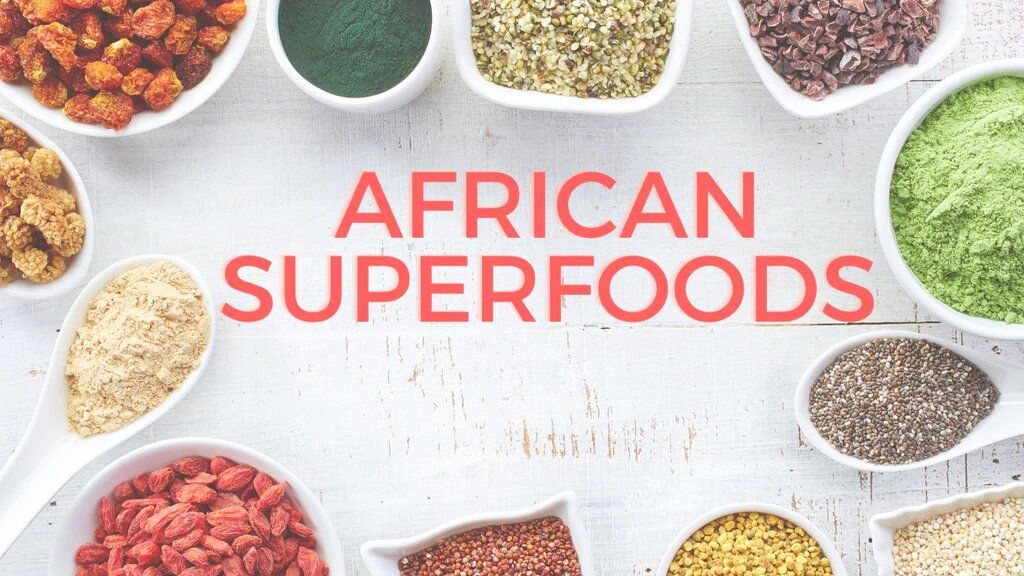The Vibrant Health Benefits of Eating a Rainbow of Colors
When it comes to embracing a nutritious and flavorful lifestyle one principle stands out - eat the rainbow! A diet rich in colorful fruits and vegetables is not only visually appealing but also offers a myriad of health benefits. This article will explore the advantages of incorporating a rainbow of colors into your daily meals and inspire you to create your own delicious and nutrient-dense dishes.
1. The Colorful Connection: Phytonutrients and Health
Fruits and vegetables gain their vibrant hues from natural compounds called phytonutrients. These compounds which include antioxidants anti-inflammatory agents and other health-boosting elements can play a vital role in maintaining overall wellness. By eating a variety of colorful produce you ensure that you're consuming a diverse mix of these essential phytonutrients.
2. Red: The Power of Lycopene
Red fruits and vegetables such as tomatoes watermelon and red bell peppers are packed with lycopene a powerful antioxidant. Lycopene has been linked to a reduced risk of heart disease and certain cancers. It can also help protect your skin from sun damage. Enjoy these radiant red foods in salads smoothies or cooked dishes for a flavorful health boost.
3. Orange and Yellow: Carotenoid-rich Goodness
The bright orange and yellow hues of fruits and vegetables like carrots sweet potatoes and mangoes indicate the presence of carotenoids. These potent antioxidants including beta-carotene can help support eye health boost immunity and reduce inflammation. Try roasting carrots or sweet potatoes or blend mangoes into a tropical smoothie for a delicious and nutritious treat.
4. Green: The Chlorophyll and Fiber Advantage
Green produce such as spinach kale and broccoli contains an abundance of chlorophyll fiber and essential nutrients like vitamin K and folate. These leafy greens and cruciferous veggies can help improve digestion support bone health and even protect against certain cancers. Incorporate them into your diet by adding a handful of spinach to your morning smoothie or sautéing kale for a tasty side dish.
5. Blue and Purple: Anthocyanin-rich Antioxidants
Blue and purple fruits and vegetables including blueberries eggplant and purple cabbage are rich in anthocyanins. These antioxidants have been linked to improved brain health reduced inflammation and a lower risk of heart disease. Enjoy a bowl of blueberries as a sweet snack or add purple cabbage to your favorite stir-fry for a colorful and healthful meal.
6. White and Brown: The Subtle Powerhouses
While they may not be as visually striking white and brown fruits and vegetables like mushrooms cauliflower and onions still offer significant health benefits. These earthy-toned foods are packed with essential nutrients such as fiber potassium and allicin which can help support heart health boost immunity and aid in digestion. Get creative with your cooking and incorporate these nutritious ingredients into your meals.
Eating a rainbow of colors is an easy and delicious way to ensure that you're receiving a diverse range of essential nutrients and phytonutrients. By incorporating colorful fruits and vegetables into your daily meals you can enjoy the vibrant health benefits of a balanced and nourishing diet. So go ahead unleash your inner artist in the kitchen and create your own edible masterpiece!






